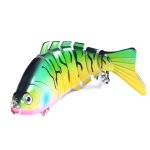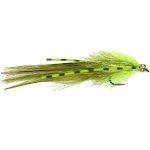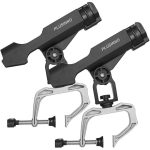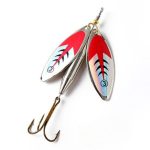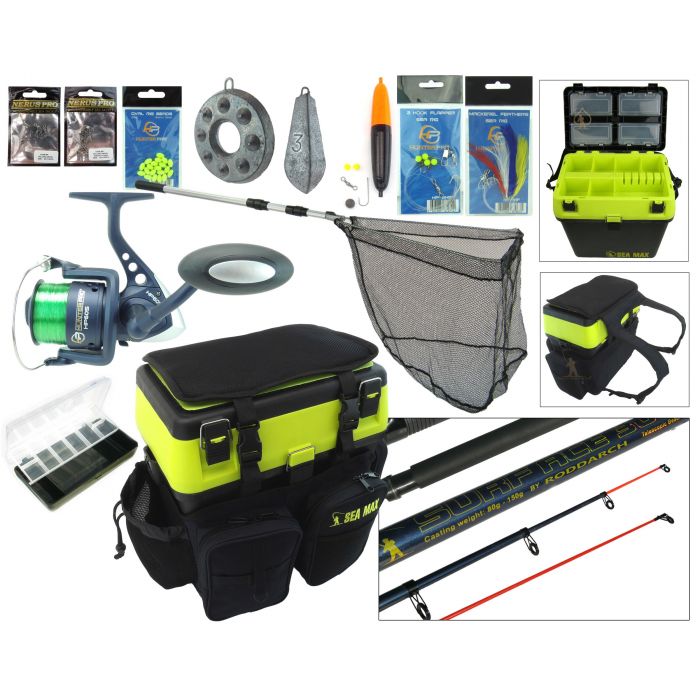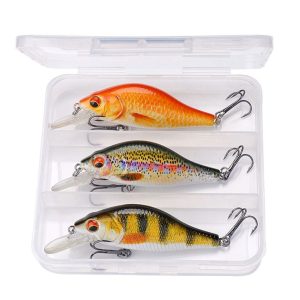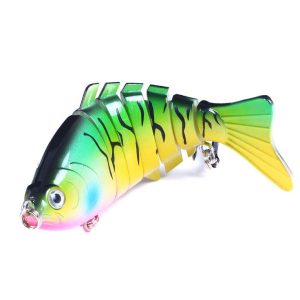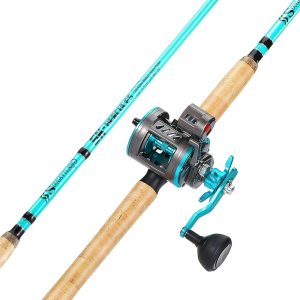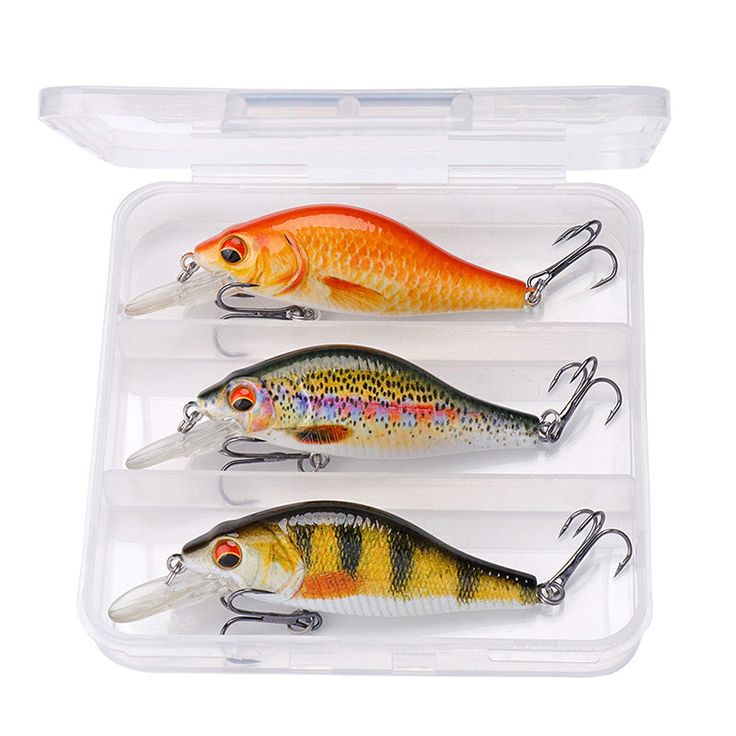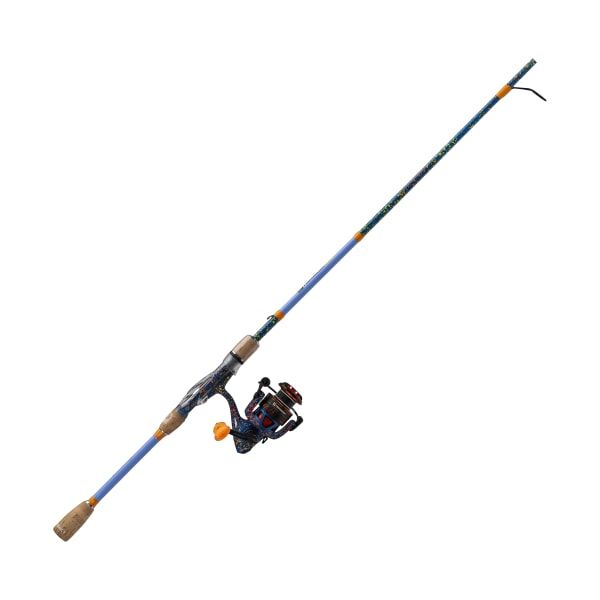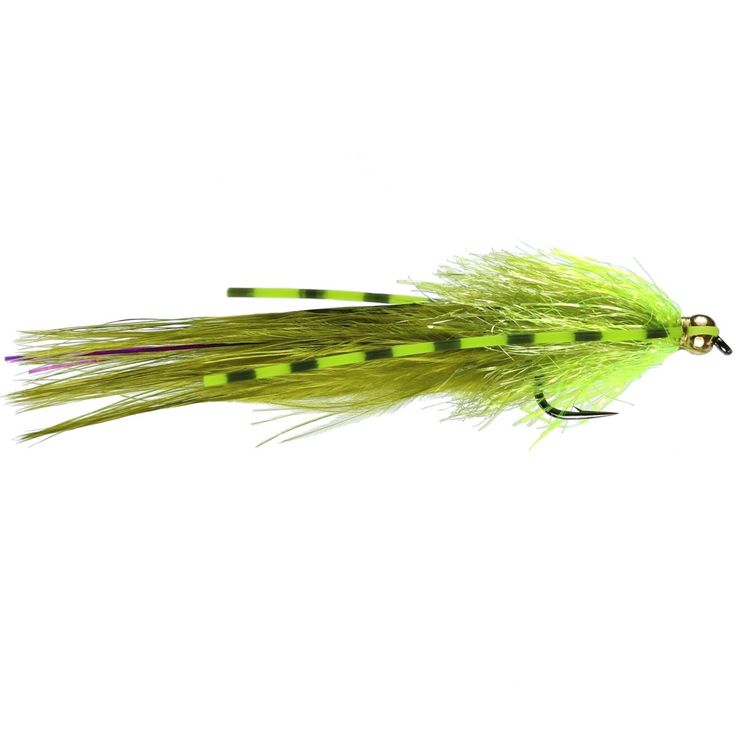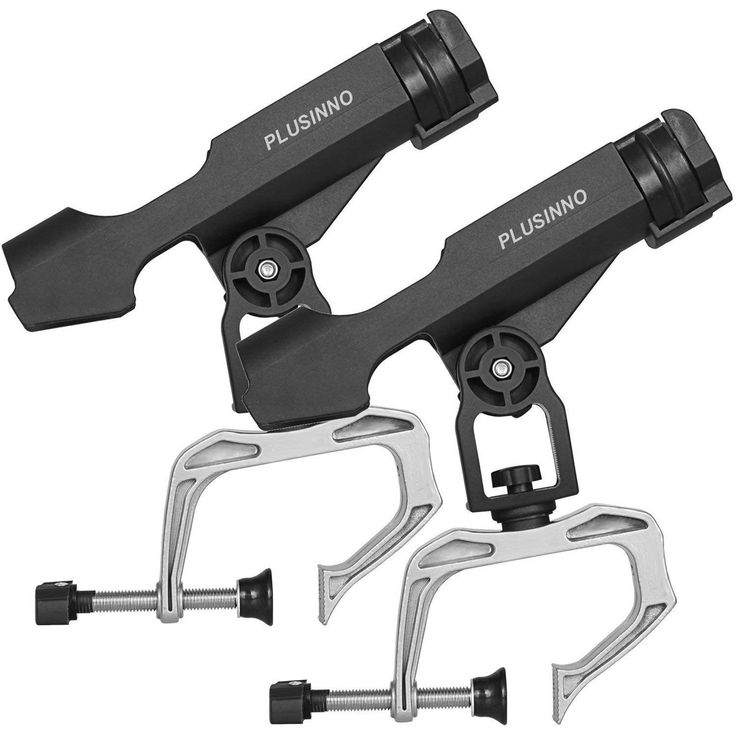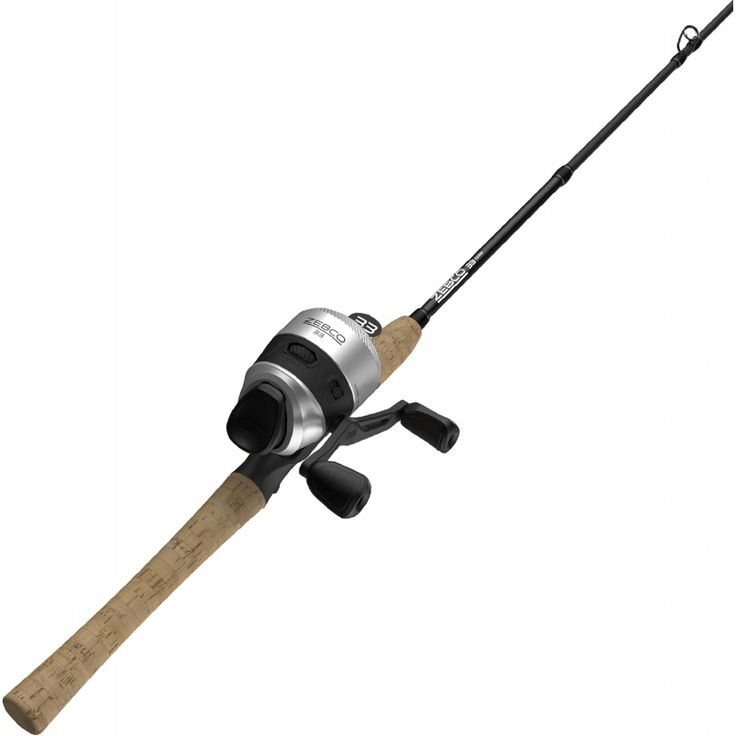Types of Fishing Rod Kits
Choosing the right fishing rod kit depends on various factors, including the type of water you’ll be fishing in and the fish you’re aiming to catch. Here’s a rundown of the types of fishing rod kits available to tailor your experience.
Freshwater Fishing Kits
Freshwater fishing kits cater to anglers fishing in lakes, rivers, and streams. These kits often include a versatile rod and reel that can handle a variety of fish sizes. Look for kits that offer an assortment of lures and hooks, as freshwater fishing often requires adaptability to different fish behaviors and preferences.
Saltwater Fishing Kits
Saltwater fishing rod kits are built to withstand the corrosive nature of saltwater. They come with robust gears and durable materials. When selecting a saltwater kit, pay attention to the reel’s material; it must endure the harsh ocean environment. These kits also include lures and lines designed for the larger fish found in the ocean.
Fly Fishing Kits
Fly fishing kits differ significantly from other types due to the unique style of fly fishing. These kits provide a lightweight rod with a specialized reel that helps with the distinct fly casting techniques. Additionally, they include various flies and often a leader material that aids in presenting the fly to the fish effectively.
Ice Fishing Kits
Ice fishing requires gear designed for extreme conditions and the ice fishing kits offer just that. They include shorter rods for the close quarters of ice fishing and specialized reels suited for the cold environment. Often, these kits also come with jigs and lures optimal for the types of fish you find below the ice.
Each type of fishing rod kit is tailored to specific conditions and fish species. Make sure to pick one that aligns with your fishing goals and the environment you’ll explore.
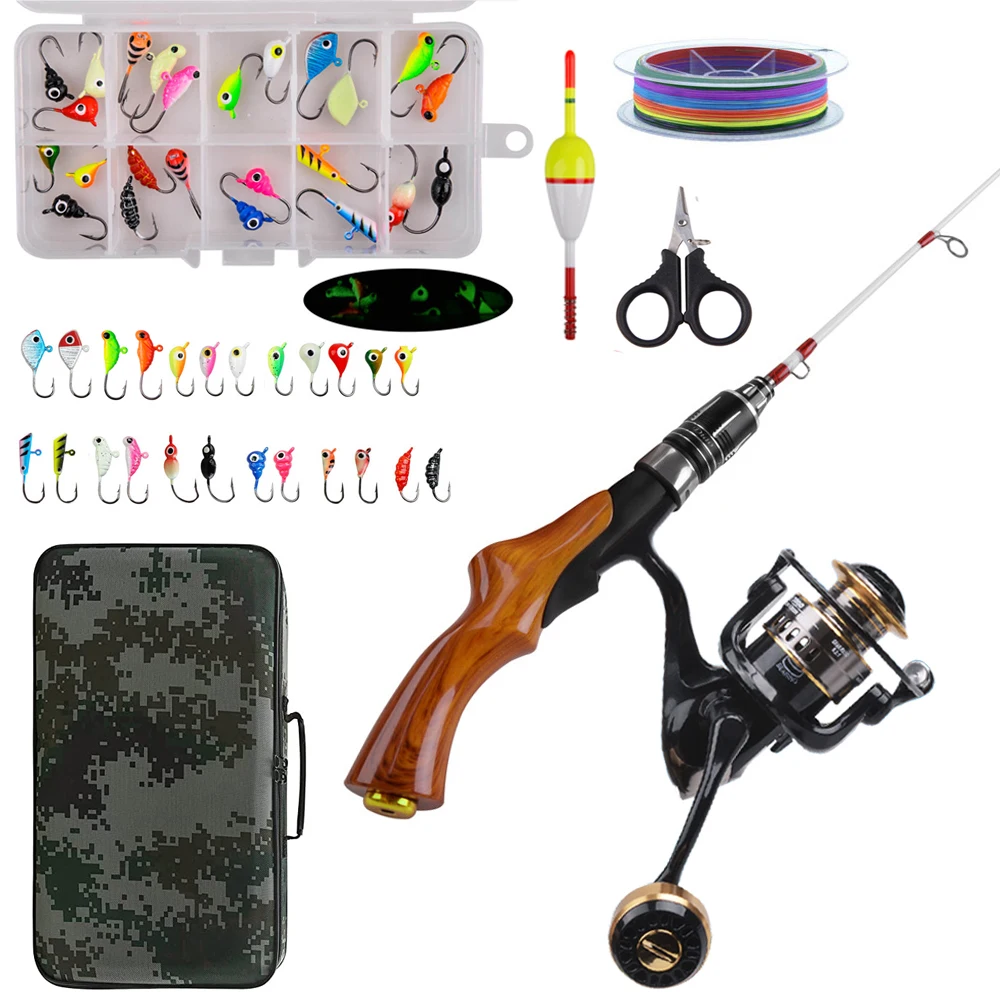
Key Components of a Fishing Rod Kit
When assembling a fishing rod kit, it is crucial to understand the key components that make up the set. These will vary depending on the type of fishing you plan to do but generally include the rod, the reel, line, lures, hooks, and various accessories.
The Rod: Material and Action
Choosing the right rod often starts with the material. Graphite offers sensitivity and lightness, ideal for detecting fish nibbles. Fiberglass, however, is more durable and can endure heavy loads. The action, or how much the rod bends, can be fast, medium, or slow. This affects the casting distance and the feel during the catch. Consider a rod’s action to match the kind of fishing you intend to do.
The Reel: Types and Features
Reels come in many types, such as spinning, baitcasting, and fly reels. Each has unique features suited for specific scenarios. Spinning reels are user-friendly and work well for beginners. Baitcasting reels cater to more experienced anglers aiming for precision. Fly reels pair with fly rods for a distinct technique in casting. Listen to the drag system and gear ratio, as these influence the line’s retrieval speed and the reel’s overall performance.
Line, Lures, and Hooks
The line’s strength should match the expected fish’s weight. Monofilament lines are common and stretch well, while braided lines are strong and thin. Lures mimic a fish’s prey and come in various shapes, colors, and sizes. Select these based on the targeted fish species. Hooks should also be appropriate for the fish size and type.
Additional Accessories: From Nets to Tackle Boxes
Don’t forget the extras that can make or break your trip. Nets help with landing fish, while tackle boxes aid in organizing lures, hooks, and other small items. Consider adding tools like line cutters, pliers, and a first aid kit to your fishing rod kit for a fully prepared experience.
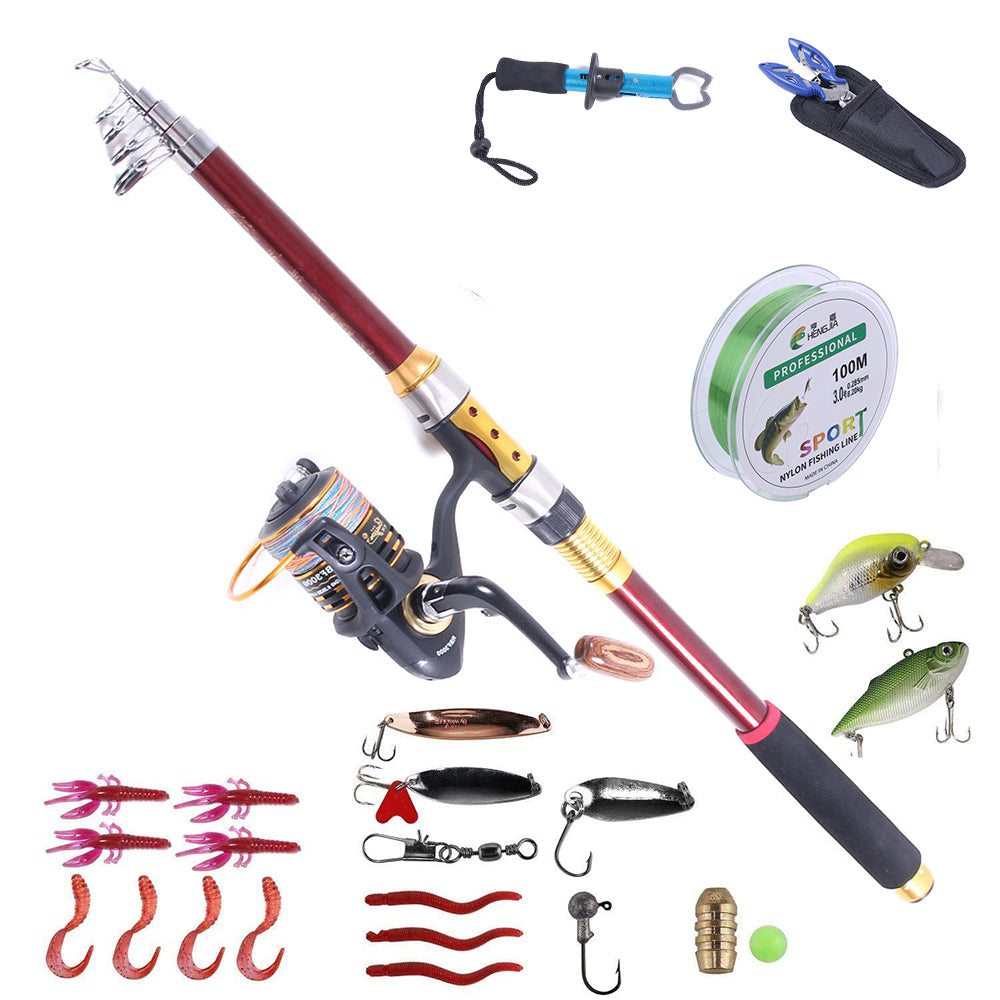
Understanding Fishing Rod Specifications
When selecting a fishing rod kit, understanding the various specifications of the rods is crucial. These specifications not only affect how you fish but also determine your level of comfort and success on the water.
Rod Length and Weight
The length and weight of the rod are essential factors to consider. Shorter rods offer better control for precise casting in tight spots while longer rods are suitable for casting at a greater distance. Light rods are easier to handle and lessen fatigue, but heavier ones might be necessary for larger fish.
Rod Power and Action Explained
‘Power’ refers to the rod’s resistance to bending; rods can be ultra-light, light, medium, or heavy. Choose based on the fish you’re targeting: heavier power for big fish, lighter for small ones. The ‘action’ of the rod, fast, medium, or slow, indicates how much of the rod flexes. Fast action bends at the top, medium in the middle, and slow action bends near the handle. Matching rod action with lure size and fishing technique is key for optimal performance.
Material Considerations: Graphite vs. Fiberglass
Rods are generally made from graphite or fiberglass. Graphite rods are sensitive and light, perfect for feeling fish bites and working with lightweight lures. Fiberglass rods are sturdier, able to withstand more strain, and are often more affordable. Your choice should be guided by the type of fishing and personal preference in handling the rod.
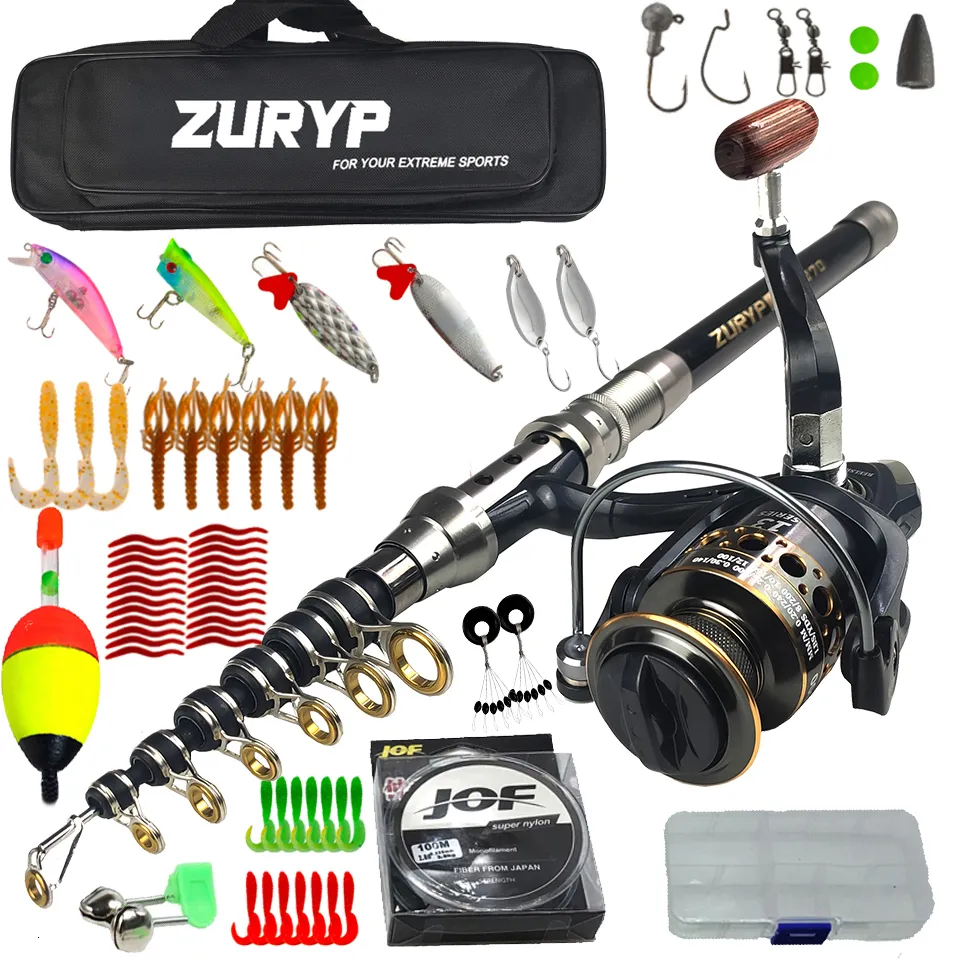
Factors to Consider When Selecting a Fishing Rod Kit
In the quest for the ideal fishing rod kit, there are several factors to weigh carefully. You want a kit that not only matches the type of fishing you plan to do, but also enhances your overall experience. Let’s explore some important considerations.
Targeted Fish Species
The type of fish you’re aspiring to catch greatly influences the type of fishing rod kit you should choose. Different species vary in size, weight, and fighting style, all of which demand specific gear. For instance, catching small panfish requires lighter rods and finer lines, whereas large saltwater species call for sturdier, heavier gear. It’s essential to match your equipment with both the size and the typical behavior of your targeted species.
Fishing Environment and Conditions
Your fishing environment is another pivotal aspect. Saltwater and freshwater have distinct demands; thus, ensure your kit is designed for the environment it will be used in. Consider the water’s depth, current strength, and space for casting. For example, smaller rods excel in confined spaces, while longer rods benefit open water casting.
Rough conditions necessitate more rugged gear capable of withstanding wind, waves, and corrosive salt. Conversely, calmer environments might allow for more flexibility regarding gear material and durability.
Angler’s Skill Level and Preferences
The angler’s skill level dramatically affects the choice of a fishing rod kit. Beginners will benefit from simple, user-friendly kits that forgive errors and assist in learning the ropes. More experienced anglers, however, may prefer customizable options that enable precise control and adaptation to various fishing techniques.
Personal preferences should not be underestimated. Comfort with the rod’s feel, reel type, and even the aesthetic appeal can enhance an angler’s confidence and enjoyment. Ultimately, the best fishing rod kit is one that feels like an extension of your own body and instinct.
By considering these factors, you’ll position yourself to choose a fishing rod kit that will serve as a reliable partner in your fishing adventures. Remember to align your choice with both the realities of the natural world and your individual capabilities and desires as an angler.

Popular Brands and Their Offerings
When it comes to fishing rod kits, brand choice matters. Top brands offer quality, durability, and precision. They design rod kits based on years of field testing and angler feedback. High-end brands often bring innovative features. These can enhance your angling experience and success rate. That’s why it pays to know which brands stand out.
Comparison of Market Leaders
Market leaders in fishing gear typically offer a range of products. They cater to both seasoned anglers and newcomers. Brands like Shimano, Penn, and Ugly Stik are renowned for their quality and reliability. Shimano is known for high-tech gear, precision, and a variety of options. Penn excels with saltwater fishing gear, offering tough and dependable kits. Ugly Stik offers reliable and affordable options, known for their durability. Compare their offerings by looking at the materials, technologies, and price to find what suits you best.
Budget-Friendly Options
If you’re just starting or looking to save, budget-friendly brands are available. Berkley, Okuma, and Daiwa offer fishing rod kits that balance cost and quality. Berkley is popular for its beginner-friendly gear. Okuma provides a range of affordable, mid-quality fishing tools. Daiwa’s gear is durable and often used by both beginners and experienced anglers. Choose a budget brand that doesn’t compromise on the essentials you need for an effective day on the water.
Maintenance and Care for Your Fishing Rod Kit
Proper maintenance of your fishing rod kit extends its life and ensures top performance. Your kit is an investment, and taking good care of it means you can enjoy many more successful fishing trips.
Cleaning and Storage Tips
Keeping your fishing rod kit clean is crucial. After each use, rinse rods and reels with fresh water. This washes away salt, dirt, and other residues. Dry all parts thoroughly before storage to prevent rust and corrosion. Store your fishing rod kit in a cool, dry place, away from direct sunlight. It’s best to hang rods vertically or store them in a rack. Use reel covers and rod sleeves to protect them from dust and scratches. Check lines and lures for damage, replacing them if needed. By doing these simple steps, your fishing rod kit will last longer and perform better.
Repair and Replacement of Parts
Inspect your kit regularly for signs of wear. Look for cracks, bends, or frays in your rods and lines. If you spot damage, repair it immediately or replace the part. Replacing worn or broken components prevents equipment failure on your next fishing trip. Keep spare parts, like extra line or reel washers, handy in your tackle box. Don’t ignore small issues; they can turn into big problems if left unattended. Repairing your fishing rod kit helps maintain its value and functionality, ensuring a seamless fishing experience.

Enhancing Your Fishing Experience
To improve your angling journeys, upgrading your fishing rod kit is a game-changer. Let’s delve into ways to enhance your fishing prowess.
Upgrading Your Kit Components
Enhancing your fishing kit can lead to more fun and better catches. Here are some tips:
- Swap old lines for new, higher quality ones to reduce breakage and improve casting.
- Add a variety of lures to target diverse fish, changing tactics with the day’s conditions.
- Invest in a more sensitive rod, especially if targeting smaller or delicate fish.
- Choose a better reel with a smoother drag system for a more enjoyable fishing experience.
- Update hooks regularly to ensure the sharpest point for a sure bite.
Regular upgrades to your fishing rod kit components keep your setup current and effective.
The Role of Technology: GPS and Fish Finders
Modern tech gadgets like GPS and fish finders can elevate your fishing game. Here’s how:
- Use GPS to mark fruitful fishing spots and navigate waterways with ease.
- Employ fish finders to locate fish, understanding their depth and movement.
- Track weather patterns on smart devices to fish at optimal times.
- Use apps for local fishing reports and tips to stay ahead.
By integrating technology into your fishing practices, you’ll fish smarter, not harder.

